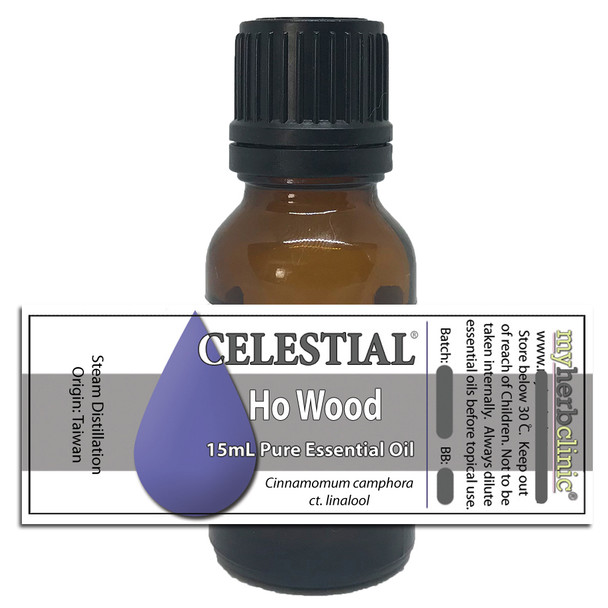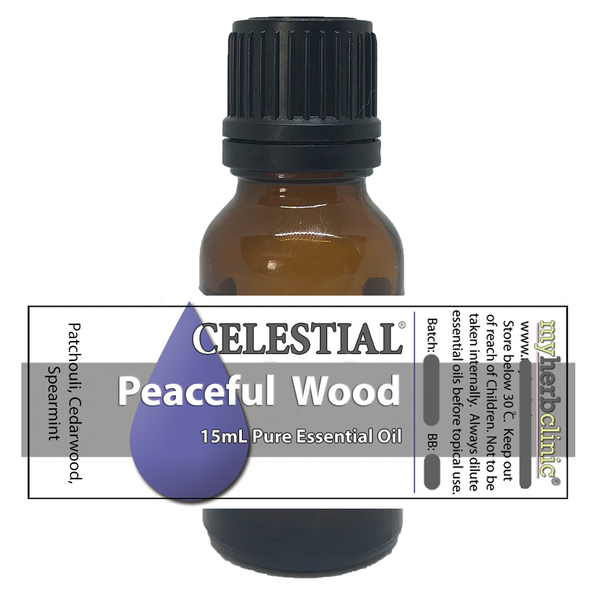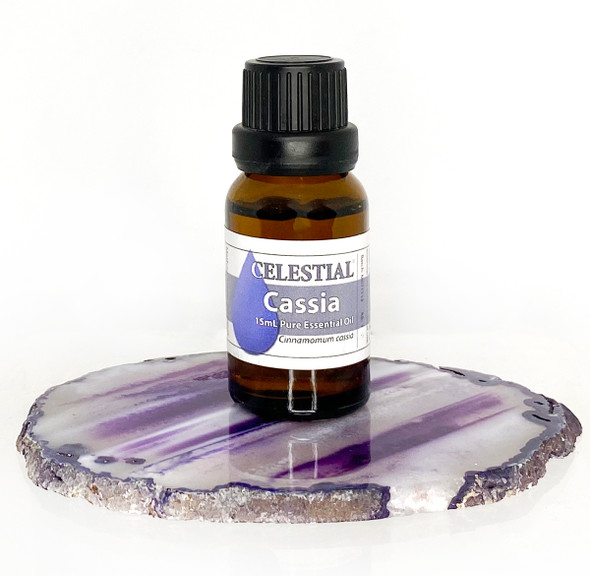CELESTIAL®
CELESTIAL ® Ho Wood 'Ho Sho' Essential Oil - Oil of Peace INSOMNIA SLEEP Cinnamomum camphora ct. linalool
Description
Ho Wood (Ho Sho) Essential Oil
Botanical Name: Cinnamomum camphora ct. linalool
Origin: Taiwan
Method: Steam distillation
Part Used: Wood
Other names: Ho Oil, Ho Sho, Camphor Tree, Camphor Laurel, Cinnamomum camphora linalooliferum wood oil, Oil of Peace.
Perfumery Note: Middle
Blends well with: Bergamot, Basil, Cedarwood Atlas, Chamomile German, Chamomile Roman, Lavender, Lemon, Rosemary, Sandalwood Australian, and Ylang Ylang.
Ho Wood Essential Oil is steam-distilled from the wood of the Cinnamomum camphora tree and is specifically the linalool chemotype (ct. linalool). This chemotype is highly valued for its exceptionally high linalool content, which gives the oil its characteristic soft, woody, and floral aroma, similar to Rosewood.
Unlike other chemotypes of Cinnamomum camphora, such as the camphor-rich or cineole-rich varieties, the linalool chemotype is particularly prized in perfumery, natural skincare, and aromatherapy for its gentle and soothing fragrance. This makes it a versatile choice for blends, pairing beautifully with floral, citrus, and resinous oils.
Perfect for use in diffusers, massage oils, and natural personal care formulations, Ho Wood Essential Oil is a must-have for those seeking a high-linalool essential oil with a calming and grounding aroma.
The Camphor Laurel Tree is used to create three distinct forms of essential oil, which is dependent upon the location and growing conditions of the plant, as this alters the natural chemical consistency.
Ho Wood is from a variant of camphor that is high in the constituent Linalool, and is also referred to as Ho Sho.
Camphor oil (Hon Sho) is created from the variety that is high in camphor content, and Ravintsara (Yu Sho) is created from the Camphor tree that is naturally high in Cineole. These are also referred to as 'chemotypes', or ct as an abbreviation. This is why the botanical name above specifies - ct. linalool.
Topical Application Information:
This essential oil is pure and undiluted, so if you wish to use it on your skin it will have to be diluted first. The general guide to using essential oils on your skin is that they should be diluted to a maximum of 3-5% in a carrier oil.
Essential Oil Safety:
Always dilute essential oils before applying them to your skin as when undiluted they may cause skin irritations. It is always a good idea to do a small patch test somewhere like the back of your hand when using a new essential oil for the first time.
DO NOT ingest essential oils. It is against the TGA (Therapeutic Goods Administration) Guidelines to suggest ingestion of essential oils in Australia. This is due to safety concerns around the harm an undiluted and highly concentrated essential oil can do when ingested. There are very few exceptions to this, which include a small number of essential oils allowed to be used in the food manufacturing industry in highly diluted amounts for flavouring and scent (such as Lavender and Peppermint), or when under the care of a qualified Naturopath or Aromatic Medicine Practitioner (holds recognised qualifications, and is a member of a Professional Association granting TGA exemptions).
It is always best to avoid using essential oils on or around your pets. Dogs process most essential oils similar to how humans do, and will usually not be bothered by most essential oils being diffused in a well ventilated space. Many dog shampoos and conditioners also contain essential oils. However we recommend you never leave a dog unsupervised in a room with an essential oil diffuser on. Cats do not tolerate essential oils and small amounts may be harmful, even using a diffuser in the same room may cause toxicity.
Essential Oil Storage:
Essential oils can last well beyond their best before in most cases when stored well. Minimise the time your lids are removed from bottles to reduce oxidisation, keep your lids on tight, and store out of light in a cool place.













